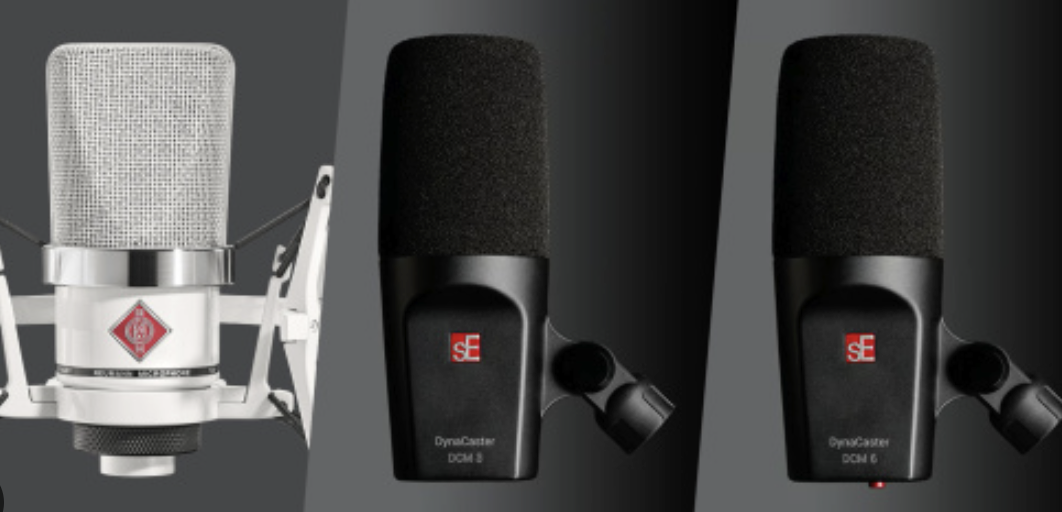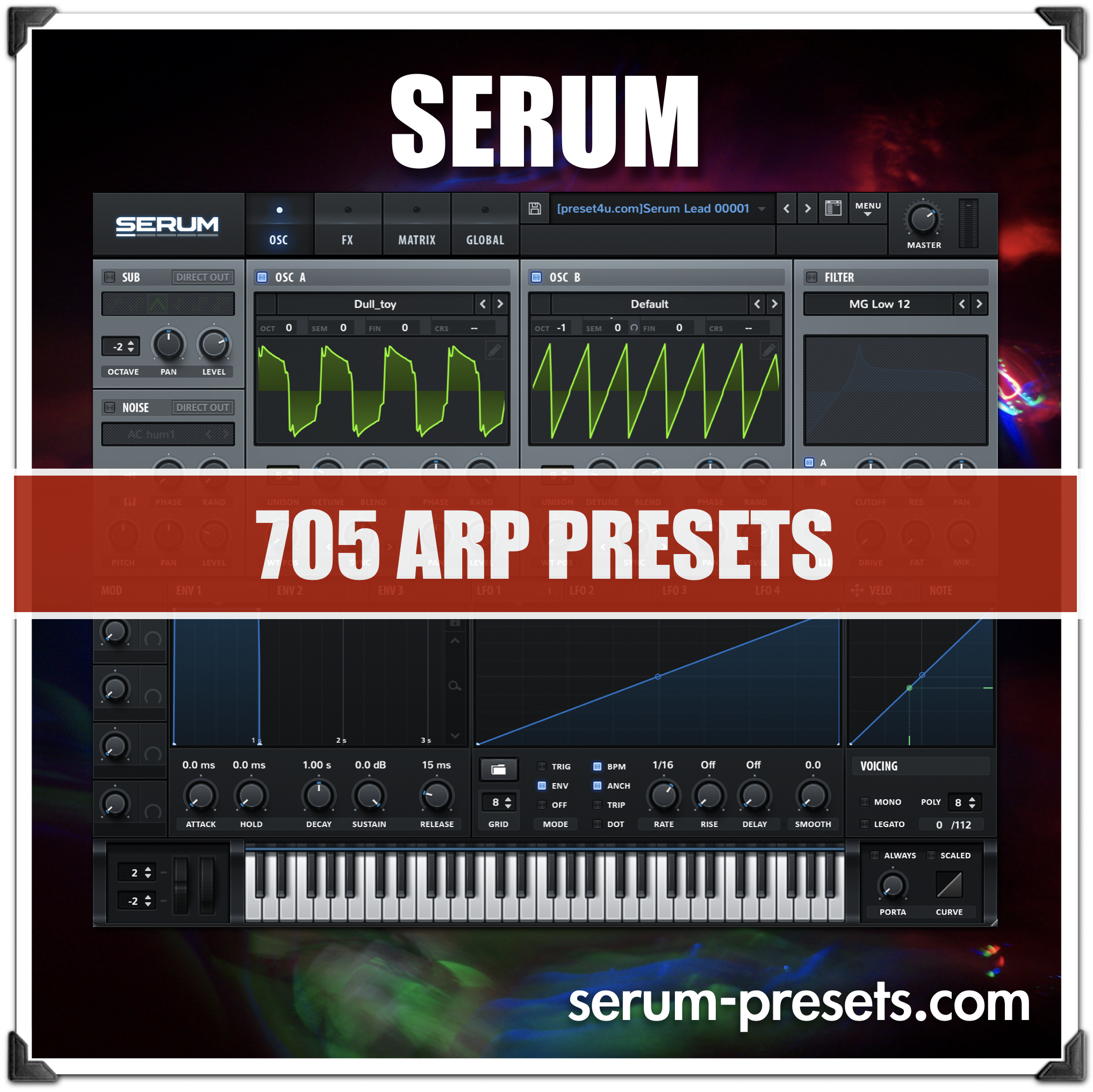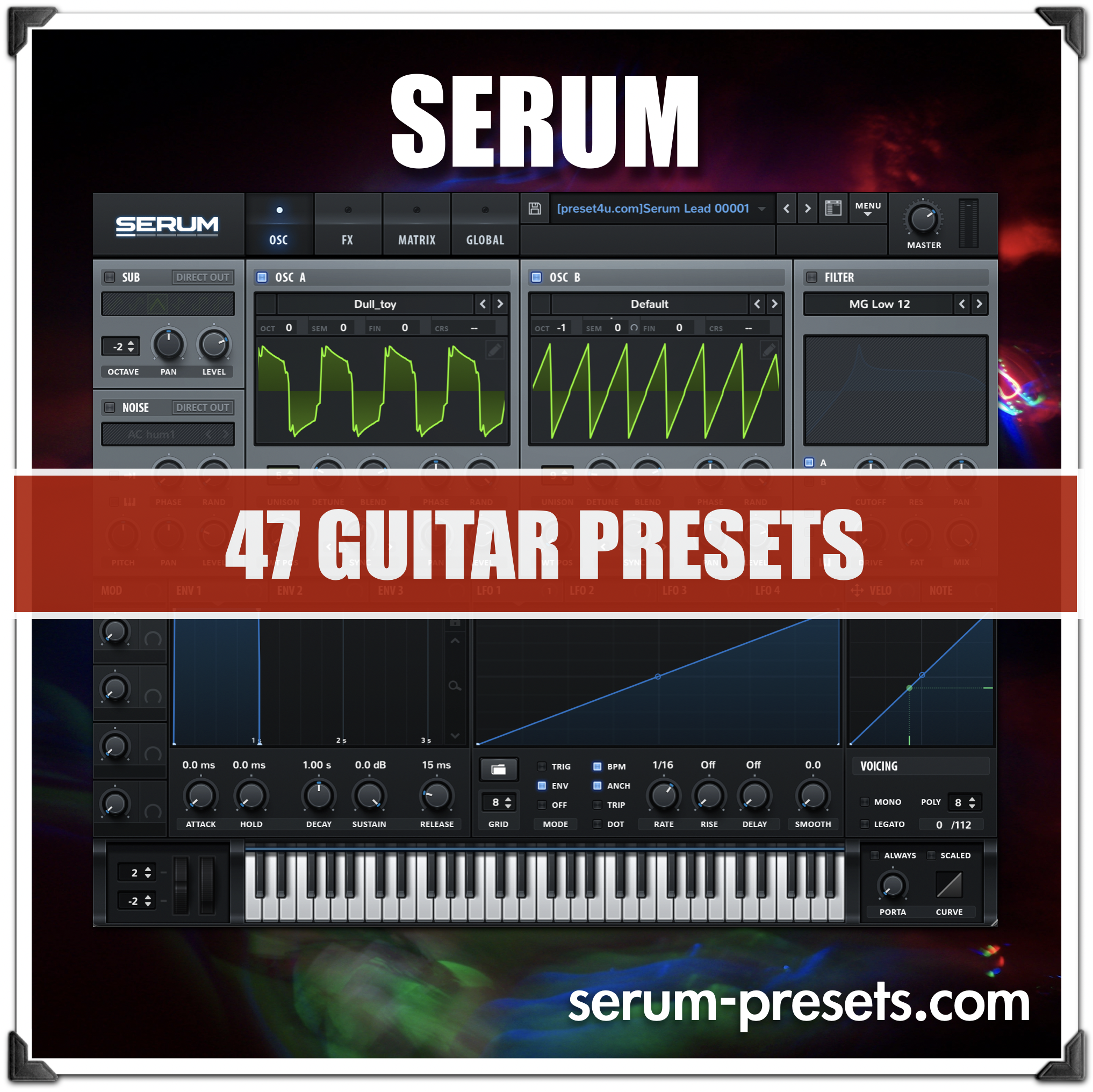

 post
post
Rokit vs. Neumann: Studio Monitors That Shape the Sound of Modern Music Production
In the world of music production, the tools a producer uses can make or break the final outcome of a track. Among these tools, studio monitors play a vital role. They are the ears of the studio, delivering an accurate representation of your mix so you can make the right decisions during production, mixing, and mastering. Two of the most discussed and respected names in the studio monitor market are KRK Rokit and Neumann monitors. But how do they differ, and which one is right for you?
The Rise of KRK Rokit
KRK Systems, particularly known for their Rokit series, have become a staple in home and project studios across the globe. These monitors are easily recognizable by their iconic yellow speaker cones and modern design. The Rokit series is often favored by beginners and intermediate producers for a few key reasons:
Affordability: The KRK Rokit line is budget-friendly, making it accessible to a wide range of producers.
Bass-heavy sound: Rokits are known for their enhanced low-end, which appeals to electronic music producers, hip-hop artists, and beatmakers who want to feel the thump in their mixes.
Built-in room tuning: Recent models like the Rokit G4 series come with DSP-driven room correction, which helps improve monitoring accuracy even in untreated rooms.
App integration: KRK offers a companion app that helps users position their monitors and adjust EQ settings based on their room acoustics.
However, the enhanced bass, while fun and powerful, can sometimes result in less accurate mixing decisions, especially if you’re working on genres that require precision across the frequency spectrum.
The Professional Standard: Neumann Studio Monitors
Neumann is a brand synonymous with professional audio quality. While they’re best known for legendary microphones like the U87, their studio monitors have also become a go-to choice for serious producers, engineers, and mastering professionals.
Neumann monitors, such as the KH 120, KH 310, and KH 80 DSP, are praised for their neutral frequency response and impeccable imaging. These monitors are built for accuracy rather than entertainment. Here’s why they stand out:
High-fidelity sound reproduction: What you hear is what you get. Neumann monitors offer extreme clarity, which is essential for detailed editing, mixing, and mastering.
Compact but powerful: Even the smaller models, like the KH 80 DSP, deliver exceptional detail and stereo imaging.
Room calibration software: Using MA 1 Automatic Monitor Alignment, Neumann monitors can analyze your room and automatically adjust EQ to give you a more accurate listening environment.
Durability and build quality: German engineering and decades of innovation are behind every unit, ensuring long-term use in professional settings.
The only downside for some producers might be the higher price point. However, for those seeking precise, reference-grade audio, the investment in Neumann monitors pays off significantly.
Which Should You Choose?
KRK Rokit monitors are perfect for:
Beginners or intermediate producers
Genres like EDM, hip-hop, and trap
Home studios with minimal acoustic treatment
Budget-conscious creators
Neumann monitors are ideal for:
Professional audio engineers
Mixing and mastering studios
Genres requiring accuracy (jazz, classical, film scoring)
Studios with room treatment and calibration needs
Ultimately, the best monitor depends on your budget, studio environment, and the level of precision you need in your mixes.
20 Related Hashtags:
#KRK, #RokitMonitors, #NeumannMonitors, #StudioMonitors, #MusicProductionGear, #HomeStudioSetup, #MixingMonitors, #MasteringTools, #KH120, #KRKRokitG4, #StudioSound, #AudioEngineering, #MusicProducerLife, #StudioSetup, #HomeRecording, #BeatMaking, #StudioAcoustics, #RoomCalibration, #DSPMonitors, #NeumannKH80































